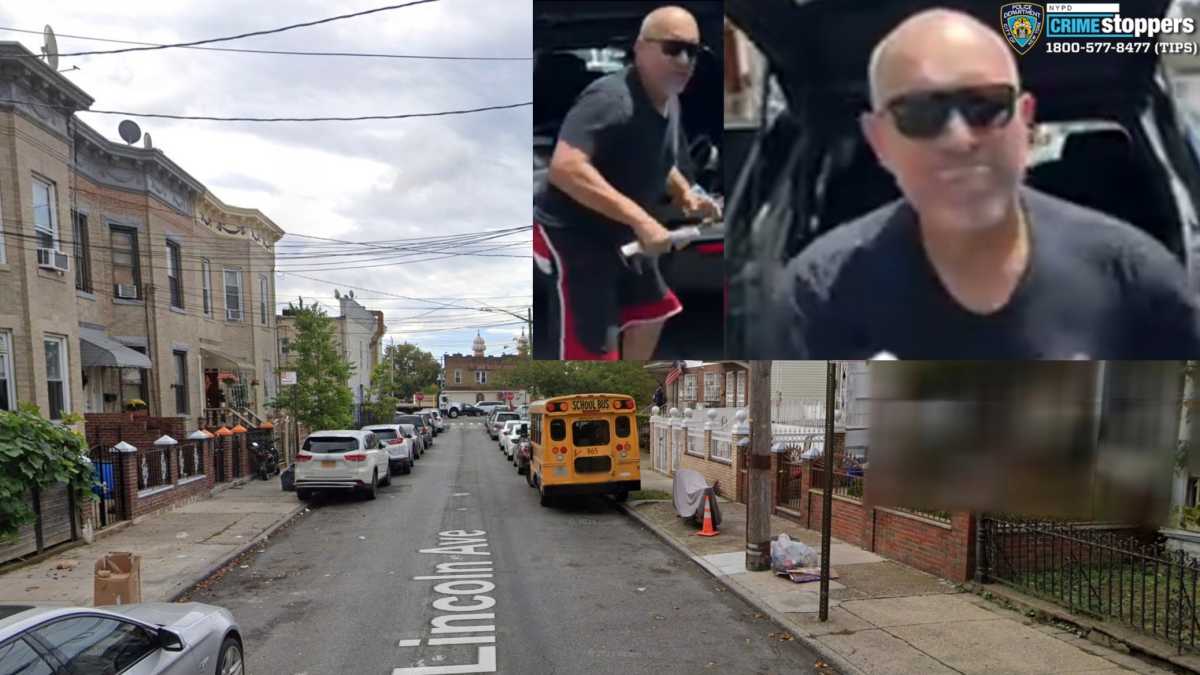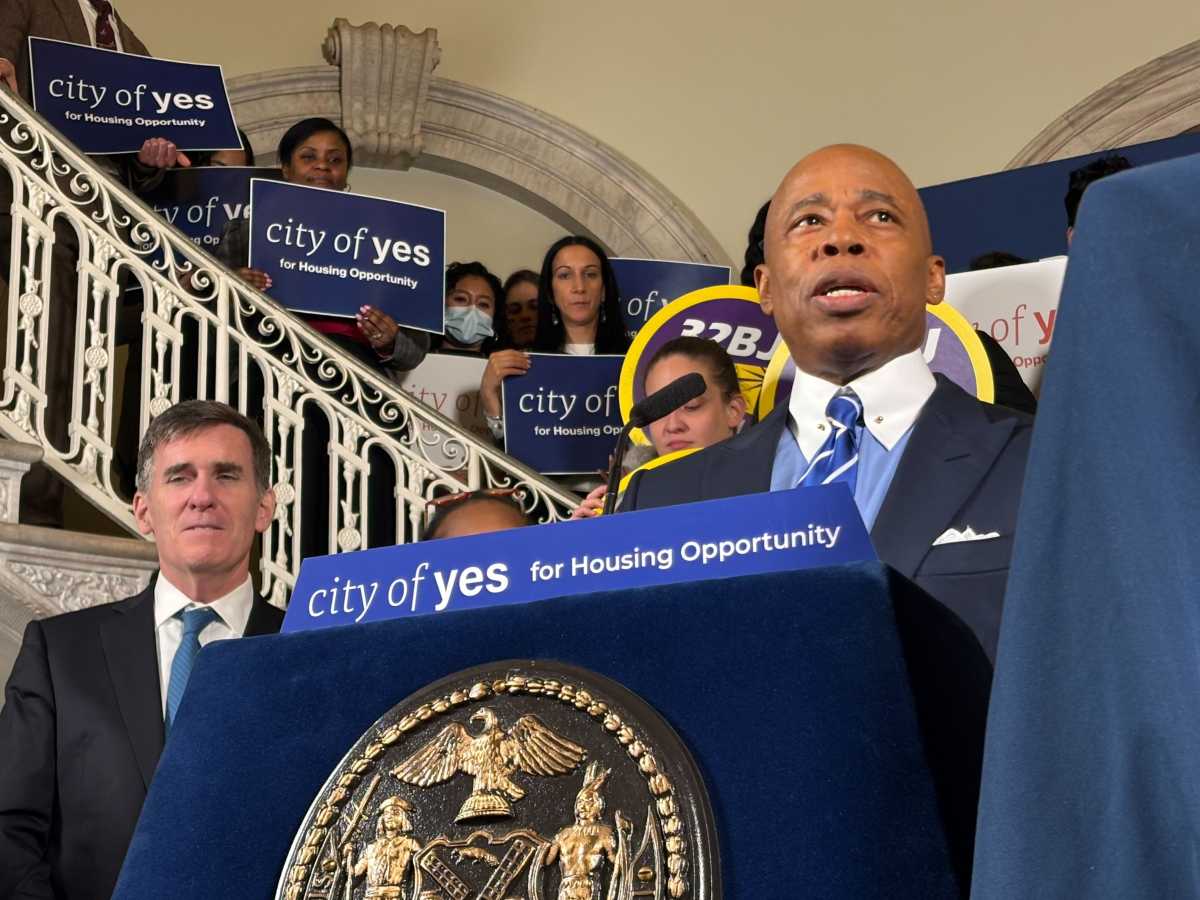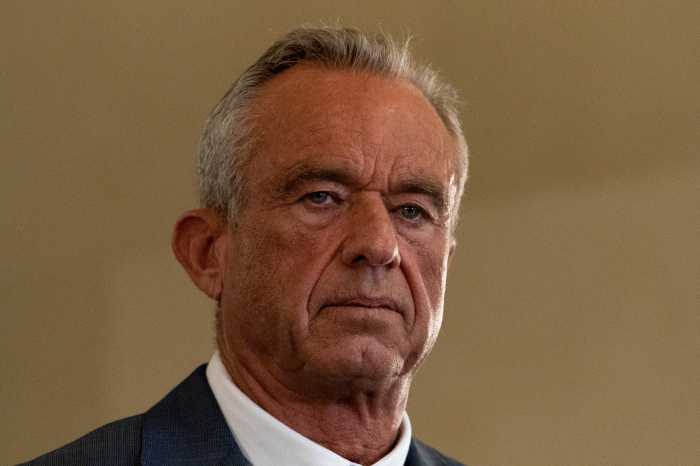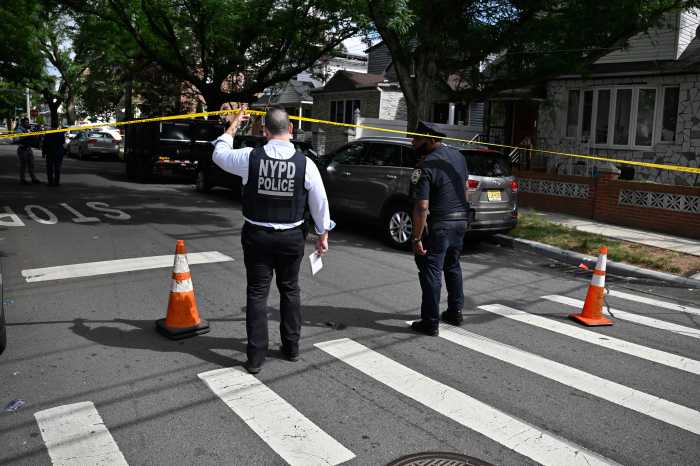Imagine taking a subway from Bay Ridge to the Bronx — without ever entering Manhattan.
It could happen — not anytime soon, mind you — under a just-announced Metropolitan Transportation Authority plan to turn an under-utilized freight line that cuts through southern Brooklyn into a subway route that would cross three boroughs and intersect with 17 existing subway lines.
It’s the G train — only actually useful!
“It’s a transportation choice that doesn’t require using slow buses, or taking a subway into Manhattan,” said Jeffrey Zupan, of the Regional Plan Association, the civic group that pitched the idea to the MTA in the mid-1990s.
The Brooklyn–Bronx passage would travel along an existing freight line and connect to subways like the A/C, R and 2/3 that require out-of-the-way trips into the city to board.
MTA Executive Director Elliot Sander dropped the bombshell in his “State of the MTA” speech on Monday.
“We need to take a close look at the Regional Plan Association’s circumferential subway line,” said Sander.
Much of the Brooklyn right-of-way had previously been designated as part of the Cross-Brooklyn Expressway, a project that collapsed in the 1970s.
This time around, Bay Ridgites liked what they heard, though they weren’t exactly dancing in the streets.
“I’m a man of big vision, too, so certainly I’m in support of the idea,” said Councilman Vince Gentile (D–Bay Ridge). “That said, when reality sets in, we have more immediate short-term concerns” such as better bus service and an end to the frustrating R-train shuttle.
Gentile has good reason to be fixed on the here and now. Sander’s new “crosstown local” is on line behind Manhattan’s Second Avenue line, a link between Grand Central and Penn stations, and the 7-train extension to the West Side.
In other words, this good thing will only come to those Bay Ridgites who wait (and wait and wait).
The New York and Atlantic Railway, which currently sends two freight trains a day along the route, said it would be happy to share the wide railway right of way.
“There’s enough room for us to operate alongside subway trains,” said company President Paul Victor, who estimated that his freight service eliminates 100,000 truck trips per year. “In some parts, they’d have to add tracks — and that can be an enormous amount of money.”
“Enormous” is about as close to a cost estimate that anyone is willing to put up. MTA spokesman Aaron Donovan said the new subway is “just a concept right now,” and he declined to say how much it would cost.






















